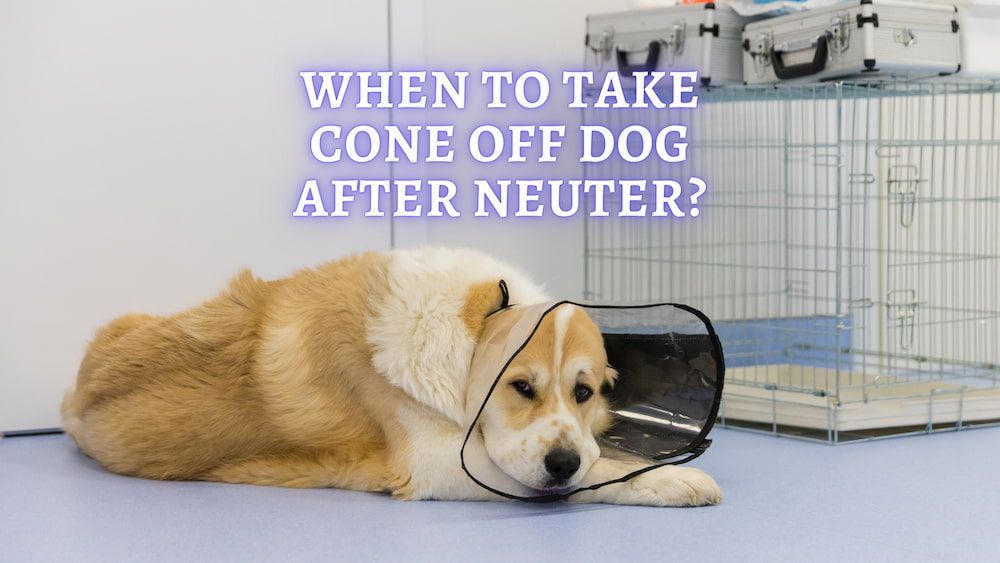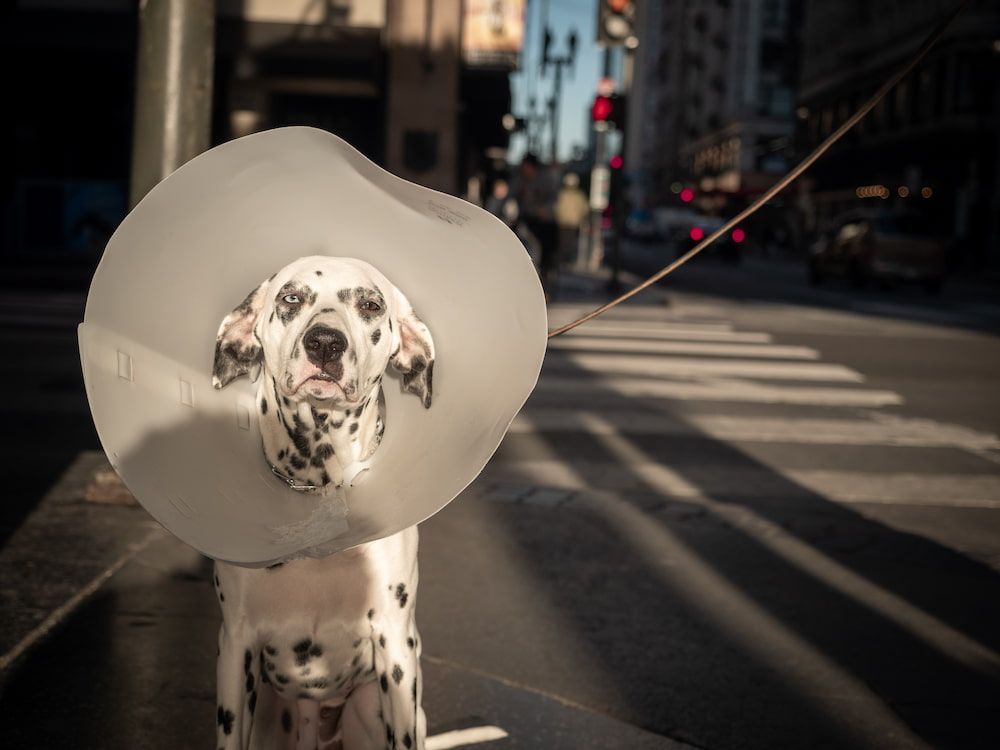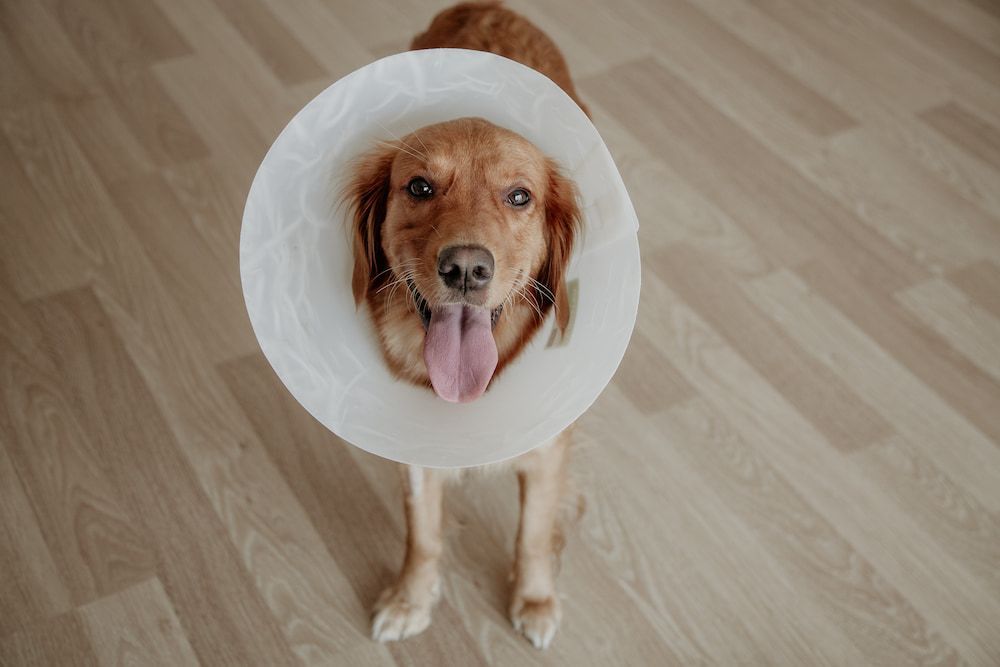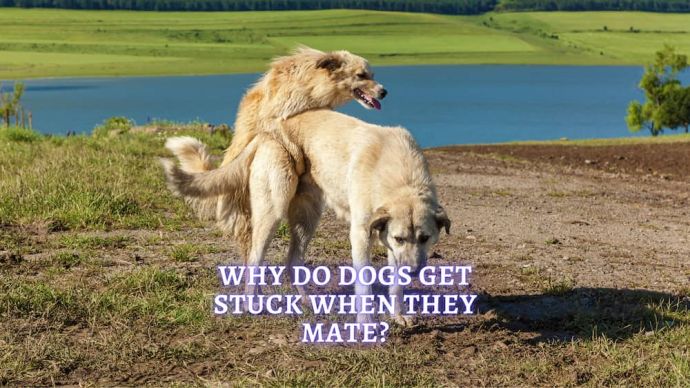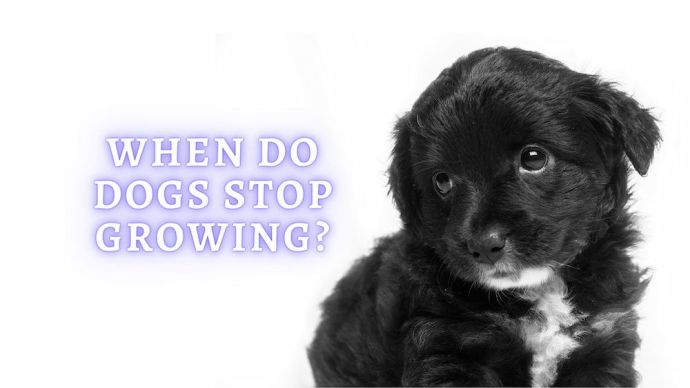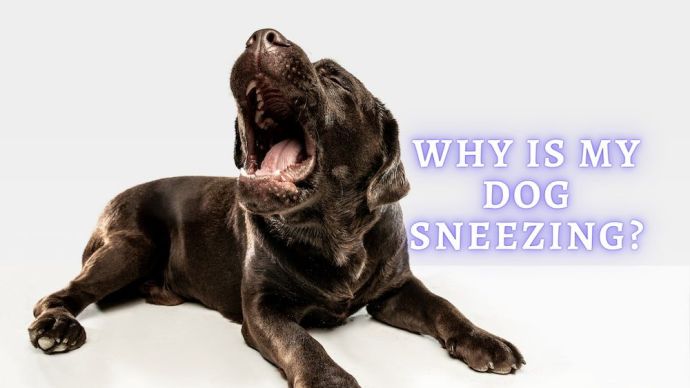When to Take Cone Off Dog After Neuter? Advice on Helping Your Dog to Recover
Written by:
Author: Carol Young
Carol has worked in specialty, emergency, mixed animal and general veterinary practices, and enjoys all aspects of veterinary medicine. Her special areas of interest include anesthesia, critical care, emergency, dentistry, internal medicine and small animal nutrition.
View all 62 articlesLearn about our editorial process and veterinary review board.
Viewed: 306
Updated on: 12/23/2022
Most pet owners are familiar with the cone, also known as the “cone of shame.” In the veterinary field, the cone is referred to as the “Elizabethan collar” or the “e-collar,” named after the high collars worn in the Elizabethan era in Britain during the 1500s.
The function of the e-collar is to encircle a pet’s head to prevent the pet from licking or nagging at certain areas of the body after a surgical procedure. It also prevents the animal from rubbing the face or eyes as well.
E-collars and cones come in various shapes and colors and can be clear or shaded hard plastic, made of soft cloths, or even donut-shaped like travel pillows. Many of them can be custom fitted with velcro strips, while others come in pre-cut sizes which snap together.
Many veterinary clinics recommend that a dog wear a cone, or e-collar, after neutering to prevent the pet from licking or chewing at the surgical site. Dog neuter involves the veterinary surgeon making a small incision above the base of the scrotum, ligating and removing the testicles, and then suturing that area closed. In some cases, male dogs may have one or both testicles buried within the abdomen, known as a “cryptorchid,” and it is a more involved surgical procedure.
If you are a dog owner preparing for a neuter procedure on your pooch, read on to see if your dog may need a cone after neutering.
Does My Dog Need to Wear a Cone After Neutering?
The answer to this question depends on you and your dog. These days sutures (stitches) used by most veterinarians are less irritating and less likely to cause inflammation than they were in the past. They are also absorbable, so there is no need to have the sutures to be removed 10-14 days after the surgery.
However, if you have a rambunctious pooch, or have a highly energetic breed, you may want to consider a cone. Every dog is different, and some breeds may not require an e-collar. Some may not lick or nag at the surgical site post-op, and others may want to lick, scratch or chew at the sutures.
Prevention is always the best medicine, and if you think your canine companion may be a licker, ask your veterinarian for a cone after a neuter. It’s always best to be safe than sorry.
If you and your veterinarian decide that a cone is best for your dog, it should stay on until the surgical site is fully healed and the sutures or staples are removed. This usually takes about 10-14 days for most uncomplicated neuters. The general rule is to leave the cone until the re-check appointment with your veterinarian, when the doctor or technician determines whether the cone can come off or stay on.
READ MORE: Do Neutered Dogs Live Longer? (Explained by Vet)
Can My Dog Sleep With a Cone On?
The answer to this is yes. Your dog can sleep with the cone on, and he can also drink and normally eat too. Although many pet owners see the cone as a torture device, be advised that it is not. The cone or e-collar protects your dog from causing harm to the surgical site and helps to avoid your dog from licking and traumatizing the area, which can cause infection and opening of the site.
Most dogs will get used to the cone after a day or two, and if the cone is fitted correctly, your pooch will be perfectly comfortable sleeping in a buster collar. There is no need to make any changes to your pet’s sleeping arrangements; make sure that if your dog is crated, there is enough room for him to turn around comfortably in the crate with the cone on and that it won’t get caught or stuck on any objects or bedding. If your dog sleeps outside of a crate, make sure that no furniture or objects limit movement and that there is enough room for him to maneuver with the cone on.
How to Make My Dog Comfortable with a Cone?
Some dogs may initially object to the cone, such as refusing to walk, hanging their heads down, stumbling around the house, knocking things off coffee tables, or running into the back of your legs. Some may be reluctant to eat or drink with the cone on, and others try to remove the e-collar with their front and/or back legs.
To make your dog comfortable in a cone, here are a few tips:
- Make sure that the cone is fitted snuggly around the neck but loose enough to get one or two fingers between the collar and neck. It does need to be tight enough that fido can’t remove it, and any hard edges shouldn’t put pressure on the neck.
- It should extend a little past the tip of the nose of your pooch (3-4 inches) so that he cannot lick or chew at the incision site.
- If you think a standard hard plastic cone would be traumatic for your dog, consider using a soft cloth e-collar or a donut-style collar. These can be less bothersome for your pooch and more comfortable as well.
How do you walk a Dog with a Cone?
Walking your dog with a cone should not be an issue as long as your pooch is on a leash; just remember that the cone extends several inches around your dog’s head, so make sure that you don’t walk him in narrow spaces where the edges of the cone can get stuck (such as in tree branches or other objects).
If your dog wears a collar, and you use a traditional e-collar with gauze to secure it, you can tie the gauze around the collar so that it won’t come off during your hike.
If the cone is correctly positioned, taking a walk should be business, but be aware that your dog’s vision will be inhibited if you use an opaque e-collar collar. Also, know that the buster collar can inhibit your walk if your dog is a big sniffer, and the cone can act more like a shovel that picks up gravel or sticks.
If you want to walk your dog, taking the cone off for a stroll might be fine, provided your canine companion can’t lick or chew at the neuter surgical site. After the walk, ensure you put the cone back on correctly.
RELATED: Pros and Cons of Neutering a Male Dog
Can I use a Travel Pillow as a Dog Cone?
Travel pillows can be used as a homemade dog cone, but you may have to make modifications, such as sewing on some velcro or adding fasteners to keep it from slipping off. Also, most travel pillows will not fit properly for small, large, or giant breeds, and the travel pillow mustn’t inhibit breathing, drinking, or eating.
Instead of a travel pillow, try an inflatable dog collar or a comfy collar specifically made for dogs. These products cost about the same as a travel pillow, are designed to fit specific size dogs, and dont need any modifications.
Food, Drink, and Medication
Most dogs will adjust to any type of Elizabethan collar after a day or two, and should not inhibit you from administering medications or offering food or drink. A recommendation is to place all bowls, water, and/or food against a wall or in a corner so that your dog’s e-collar won’t act like a shovel and push the bowls out of reach. You can also use elevated food and water bowls.
As far as giving medications such as pain pills or antibiotics, the cone might make it easier for you if you administer these medications by hand. This way, you can use the cone to steady your pooch’s head while pilling, as most dogs tend to cooperate. You can also place medications in your pooch’s food during a meal, just make sure he gets all of the medication, or place them in a tasty treat such as a piece of cheese or a commercial pill pocket.
RELATED: Vet Advice On Spaying Your Female Dog
How do you know when to take your Dog’s Cone Off?
Depending on the type of neuter (standard or a cryptorchid), always refer to your veterinarian’s recommendations. The standard length of time is 10-14 days, provided there are no issues such as swelling or infection. The tissue in most healthy dogs will heal in 10-14 days as long as the area is kept clean and dry.
If you have questions, always consult your veterinarian. Most cones can come off when the area is healed and there is no swelling or seeping of the surgical site. If your veterinarian has placed nylon sutures or staples, the cone can come off when the doctor or technician removes those.
FAQ
How long should a dog wear a cone after neutering?
The standard length of time to wear a cone after neutering is 10-14 days. This is the correct amount of time that most neuter surgical sites heal. However, if you have questions about your dogs cone, always consult your vet. Most dogs manage, and even if he gives you puppy dog eyes, be sure to keep him away from other dogs, especially if they are rambunctious.
Can I take my dog’s cone off after 7 days?
Most veterinarians advise not to take a cone off after 7 days because 7 days is not long enough for a neuter surgical site to heal. But, it depends on your dog. If your pooch is not a licker or a chewer and leaves the area alone, taking the cone off at 7 days might be perfectly alright. Just be aware that it does open up the possibility of healing complications.
How long after surgery can I take my dog’s cone off?
This depends on the veterinarian’s recommendations. Most clinics advise keeping a cone on for 10-14 days for the area to heal without complications properly. However, as always, consult your veterinarian if you have questions.
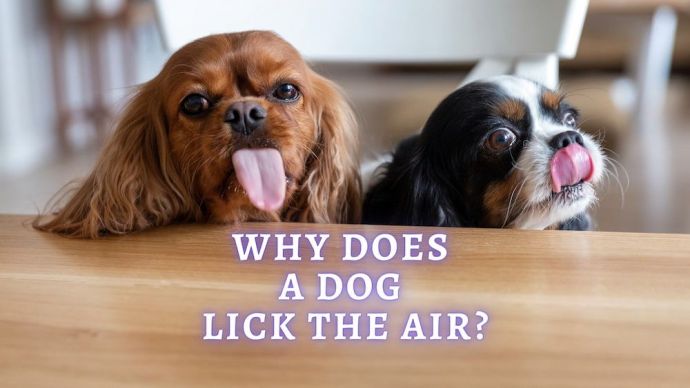 Dog Care Why Does My Dog Lick The Air? Health and Behavior Reasons for Dog Licking Air and How to Stop It
Dog Care Why Does My Dog Lick The Air? Health and Behavior Reasons for Dog Licking Air and How to Stop It - 143
- 0
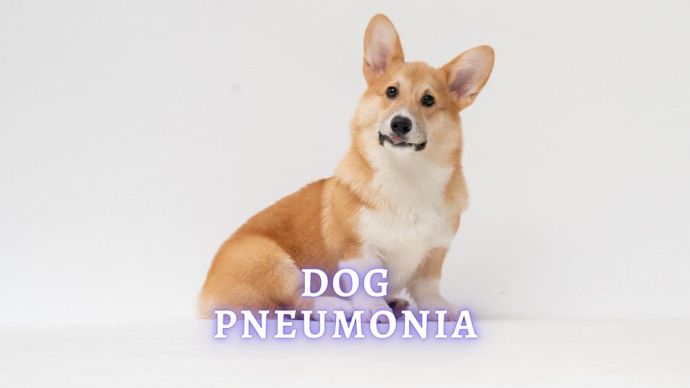 Dog Veterinary Tips Pneumonia in Dogs: Symptoms, Diagnosis, Treatment and Recovery (Vet Advice)
Dog Veterinary Tips Pneumonia in Dogs: Symptoms, Diagnosis, Treatment and Recovery (Vet Advice) - 478
- 0
 Dog Care Why Do Dogs Wink? Health and Behavioral Reasons Why Do Dogs Wink At You
Dog Care Why Do Dogs Wink? Health and Behavioral Reasons Why Do Dogs Wink At You - 1019
- 0
 Dog Veterinary Tips Why is my Dog throwing up: Causes and Preventing (Veterinary Advice)
Dog Veterinary Tips Why is my Dog throwing up: Causes and Preventing (Veterinary Advice) - 23424
- 5
 Dog Care Why Is My Dog Bleeding From Its Butt? Causes and treatment of rectal bleeding in the dog
Dog Care Why Is My Dog Bleeding From Its Butt? Causes and treatment of rectal bleeding in the dog - 22074
- 0
 Dog Care My Dog Keeps Scratching His Mouth: Reasons Why Your Dog Scratching Face
Dog Care My Dog Keeps Scratching His Mouth: Reasons Why Your Dog Scratching Face - 17560
- 1









